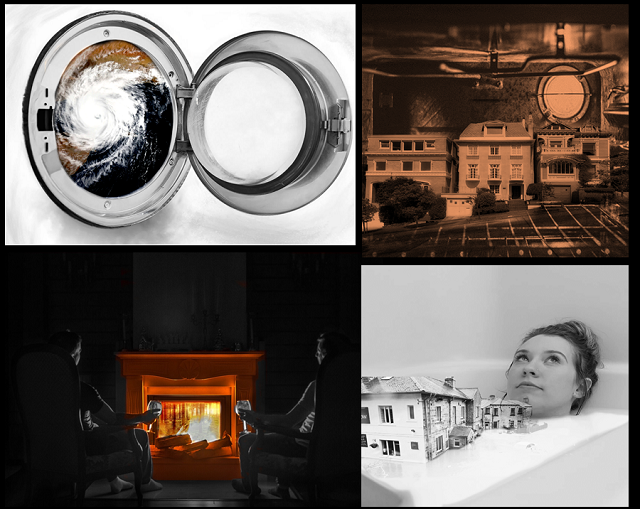Communicating climate change and its impacts is a key challenge we face as scientists. Although we need to practice robust research – and part of the way we do this is through the peer-review process – even when journal articles are open access they do not engage the general public on climate change.
There are many ways to communicate science and one way that I’ve seen gaining popularity here at the University of Reading is through art, or #SciArt. Examples include the climate stripes developed by Professor Ed Hawkins, flood poetry led by Professor Hannah Cloke and Water@ Reading, my fellow PhD researcher Nerea Ferrando Jorge using art to make her research on soil citizen science more accessible in the Department of Geography and Environmental Science and the AALERT project led by Dr Eirini Saratsi.

I was inspired by this movement going on around me, and was recently named runner-up in a competition on communicating climate change, run by the Royal Geographical Society and the Institute of British Geographers (RGS-IBG) climate change group.
I used images sourced online from unsplash, given the lockdown restrictions, and created digital art pieces showing natural hazards, including cyclones, flooding, wildfires and heatwaves, taking place within homes. These destructive events are increasing in frequency and severity due to climate change.
My concept was that even if many of us cannot see climate change happening, it is all around us. It can also be considered as challenging the ’othering’ of climate-linked hazards by depicting everyday objects and places in homes that look typical of countries that experience fewer of these hazards.
One of the reasons why people consider there to be inadequate action on climate change currently is because there isn’t one right answer on solutions – scientists have put forward varying theories about which would be most effective. The use of art to highlight impacts, the need for mitigation and the forecasting of climate change allowing for a wider group of people to be engaged and creates more momentum in the area.
To talk about climate change effectively and to inspire meaningful action, we have a toolbox of communication techniques available to us and we should make full use of them. This includes art but also blogs, social media (from Twitter to TikTok) , film making, podcasts, workshops, outreach festivals and policy-briefs to name a few.
There are endless creative ways to engage new people every day with the challenge of climate change. These creative avenues allow us to encourage individual changes to mitigate climate change, hold national governments and international organisations to account based on climate science, and demonstrate how adaptation is a global need now.
Scientists at the University of Reading, and those at other universities and organisations, are practising a more diverse approach of communication to demonstrate a commitment to good science that is accessible to all. In this case, that can inspire climate action.
Chloe Brimicombe is a graduate researcher in the Department of Geography and Environmental Science and Walker Institute.
